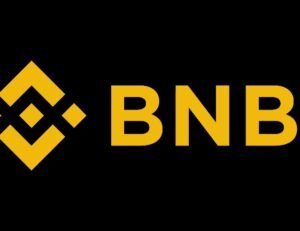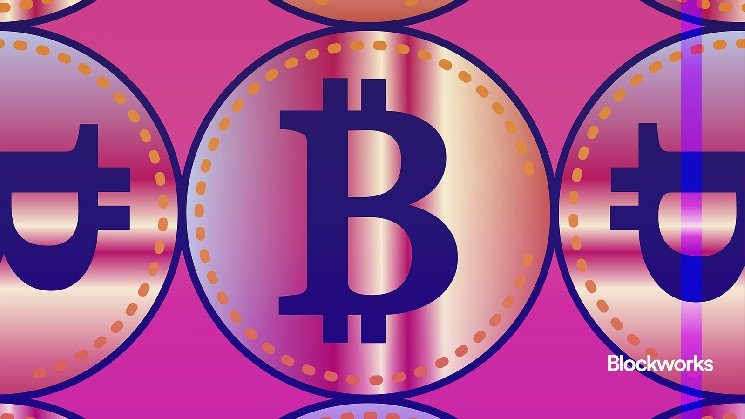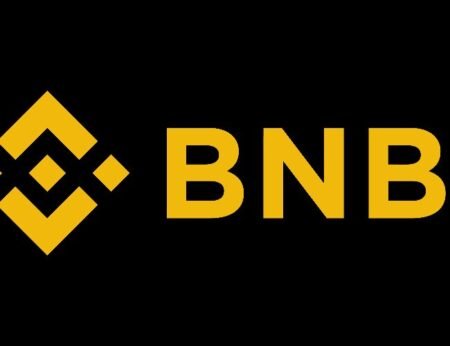As financial institutions continue to ramp up their tokenization efforts, many — including BlackRock — have been quick to assume that Ethereum will dominate this space. However, I think that Bitcoin, with its superior security model and emerging programmability, is actually poised to become the foundation of the next generation of capital markets.
While Ethereum has taken an early lead in real-world asset (RWA) tokenization, with the total value of RWA on Ethereum standing at $2 billion (excluding stablecoins), early leads don’t always last.
In recent years, Bitcoin — the first and probably best-known blockchain — has seen breathtaking growth of its layer-2 ecosystem, which is delivering the secure and scalable programmability that financial institutions need to leverage the benefits of tokenization. The Liquid Network — a Bitcoin side-chain enabling the fast, confidential settlement and issuance of digital assets — is one example. Its total value locked (TVL) currently stands at $1.7 billion, up from $400 million in 2022.
Read more from our opinion section: Bitcoin’s evolution into DeFi is inevitable — and it’s about time
With the additional functionality we’re now seeing, combined with its top-grade security, Bitcoin is beginning its ascent as the ecosystem of choice for financial institutions looking to tokenize assets.
In Latin America, close to $1 billion of promissory notes have been issued on the Liquid Network. Last quarter, the Blockstream Mining Note — a security token that raised almost $50 million over eight tranches — executed the largest-ever RWA payout, returning more than 1,200 BTC to investors.
Read more: Tokenized assets to exceed $20B over next year: CF Benchmarks
There are more high-profile issuances in the pipeline. El Salvador’s government plans to issue its “volcano token” on the Liquid Network, which will mark the first time sovereign debt has been tokenized anywhere in the world.
Bitcoin’s architecture arguably makes it the natural ecosystem for tokenizing real-world assets, even if today’s onchain activity tells a different story.
Bitcoin utilizes the unspent transaction output (UTXO) model, which represents the individual units of bitcoin available for future transactions and ensures that each piece of bitcoin is used only once. UTXO offers enhanced protection against double-spending, allows for parallel transaction processing and improves privacy by using new addresses for each transaction.
Read more from our opinion section: There is real value in RWAs
The UTXO model also simplifies transaction validation, supports advanced features like multi-signature policies without complex smart contracts and reduces the risk of front-running. In our view, therefore, these characteristics make the UTXO model particularly well-suited for financial applications that prioritize security, scalability and transaction integrity over complex programmability.
It’s unarguable today that the dominant alternative to UTXO is the account model, commonly controlled by Ethereum smart contracts. But it is also true that the complexity of smart contracts can increase the potential for coding errors and vulnerabilities. Whilst rare, such errors can lead to security breaches, fund losses or unintended behavior in tokenized securities.
Read more: Analysts dig in on Ethereum’s market prospects
Bitcoin is also commonly viewed as a commodity, giving it a much higher degree of regulatory clarity compared to other tokenization ecosystems (which have yet to receive any formal classification). This makes Bitcoin a cleaner and safer choice for real-world asset tokenization.
With side chains such as Liquid Network, Bitcoin balances the need for network security with the programmability and privacy functions required for asset tokenization.
The recent growth of Bitcoin as a tokenization ecosystem means that more people are taking notice. After all, Bitcoin is not just a store of value — it’s a network that can power the future of our digital capital markets.
Read the full article here










